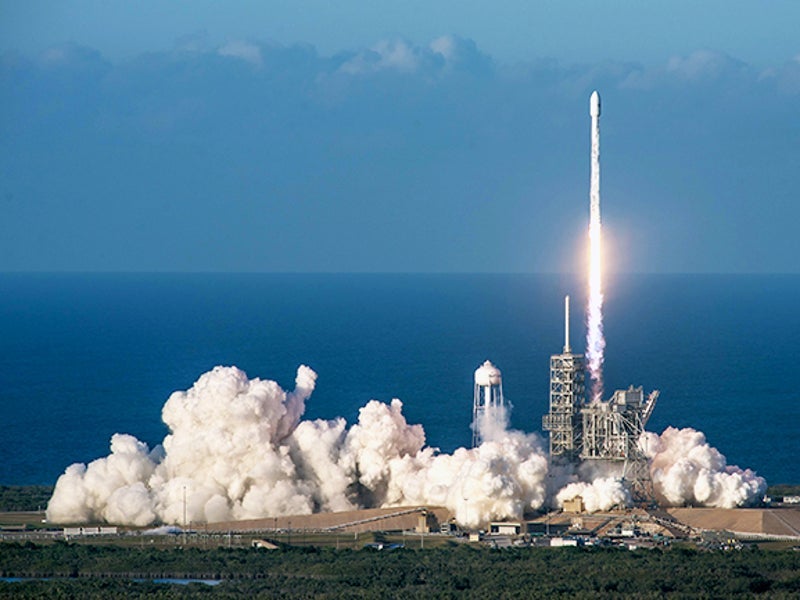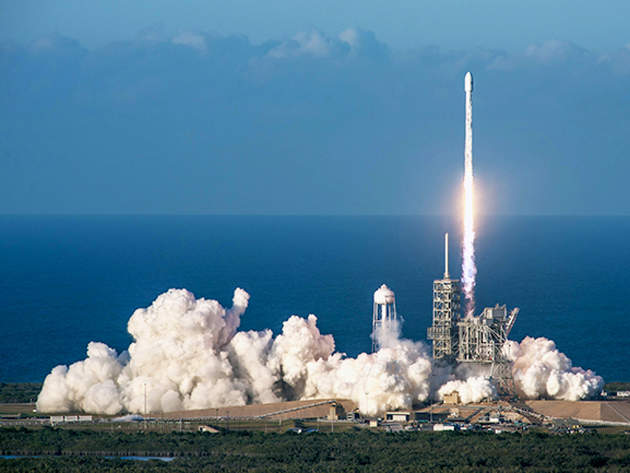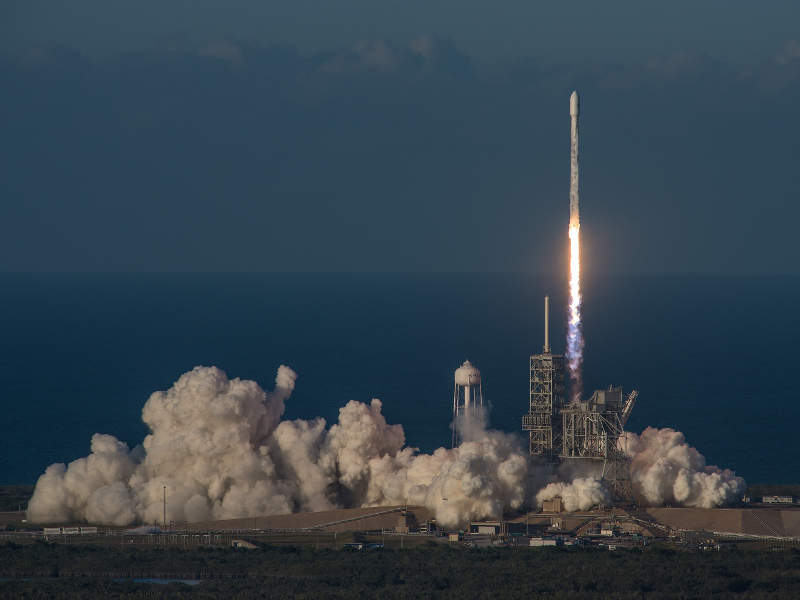
Inmarsat-6 (I-6 F1), the first among the two-satellite I-6 constellation, is scheduled to be launched aboard the H-IIA rocket into the geostationary orbit in 2020. The I-6 F1 and I-6 F2 satellites will provide mobile communication services worldwide.
The dual I-6 satellite mission is intended to increase L-band and Ka-band Global Xpress services. The I-6 satellite fleet will be operated by Inmarsat.
I-6 satellites design and features
Airbus Defence and Space was awarded a contract worth €550m ($600m) to design and manufacture two Inmarsat 6 (I-6) mobile communications satellites in December 2015.
The satellites will be based on Eurostar platform’s E3000e variant developed by Airbus Defence and Space. The platform uses electric propulsion for orbit raising in order to reduce the mass compared to traditional systems.
The I-6 satellites will be powered by Safran/Snecma PPS-5000 propulsion unit and will include two deployable solar arrays and batteries. The design life of the I-6F1 will be 15 years.
Kongsberg Norspace was awarded a contract worth between NOK250m ($31.5m) and NOK300m ($37.86m) to provide surface acoustic wave (SAW) filters-based L-band pre and post processors for the two I-6 satellites in July 2017.
With the support from ESA, Kongsberg will offer flight hardware for the I-6 satellites through the ARTES 3-4 programme. The L-band processors provided by Kongsberg will offer phase coherent down and up conversion from L-band to the digital processor.
Communication capabilities of Inmarsat-6 satellites
Inmarsat-6 F1 and F2 satellites will be equipped with a large 9m aperture L-band antenna and nine multi-beam Ka-band antennae. The satellites will include a new-generation modular digital processor for offering full routing flexibility of more than 8,000 channels with a dynamic power allocation of more than 200 spot beams in L-band.
Inmarsat-6 F1 with L-band payload will support Global Xpress (GX) services introduced by Inmarsat in 2015. The GX high-throughput broadband services offered by the satellite will include advanced global safety services, low-cost mobile services, and Internet of Things (IoT) applications.
The satellites with Ka-band payload will further enhance the global coverage with greater depth of capacity in regions with the highest demand.
Details of the launch vehicle
Mitsubishi Heavy Industries (MHI) was selected to provide launch services for the Inmarsat-6 F1 satellite in September 2017. The satellite will be launched aboard the H-IIA launch vehicle from the Tanegashima Space Centre in Japan.
The launch vehicle has a length of 53m, standard diameter of 4m, and standard weight of 290t.
The contract for the Inmarsat-6 F2 satellite’s launch is yet to be finalised.
The satellites will be manoeuvred with help from an egg-shaped transfer orbit into a final circular perch located more than 22,000 miles away from the equator.
Marketing commentary on Inmarsat
Headquartered in London, UK, Inmarsat is one of the leading providers of global mobile satellite communications services.
Established in 1979 by the International Maritime Organization (IMO), the company offers voice and high-speed data communications to governments, enterprises and other organisations.
It offers a range of global satcom solutions and value-added services that can be used on land, at sea or in the air. It has operational presence in more than 60 locations across the world, including the major ports and centres of commerce. It has a worldwide network of independent distribution partners and service providers.





